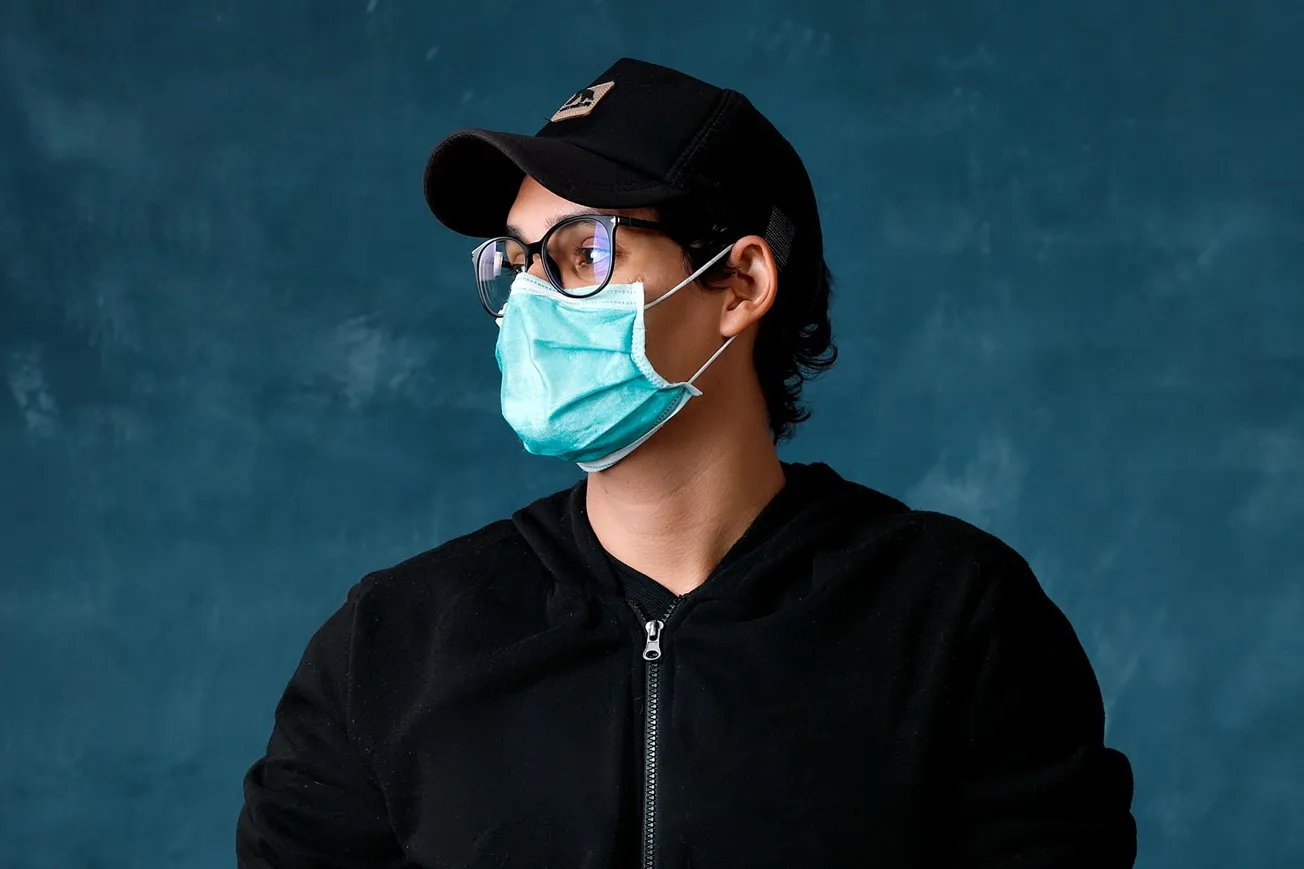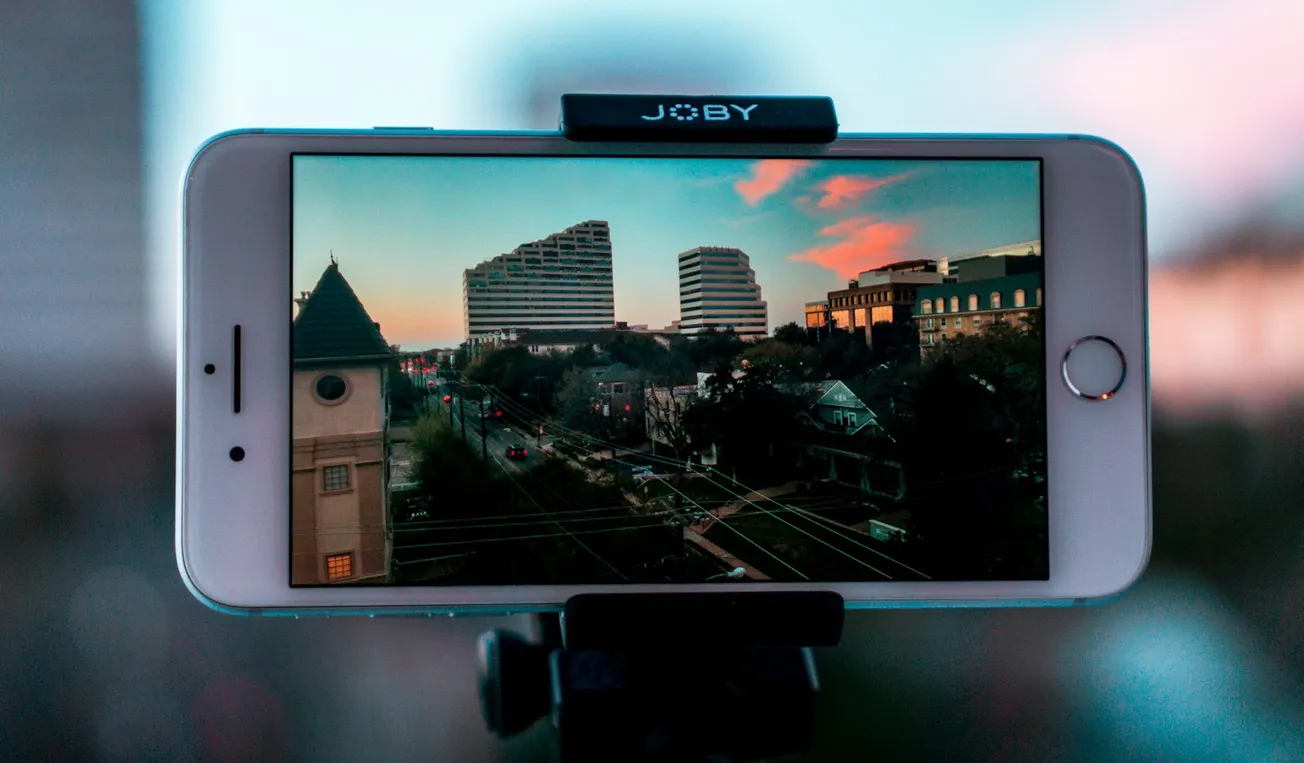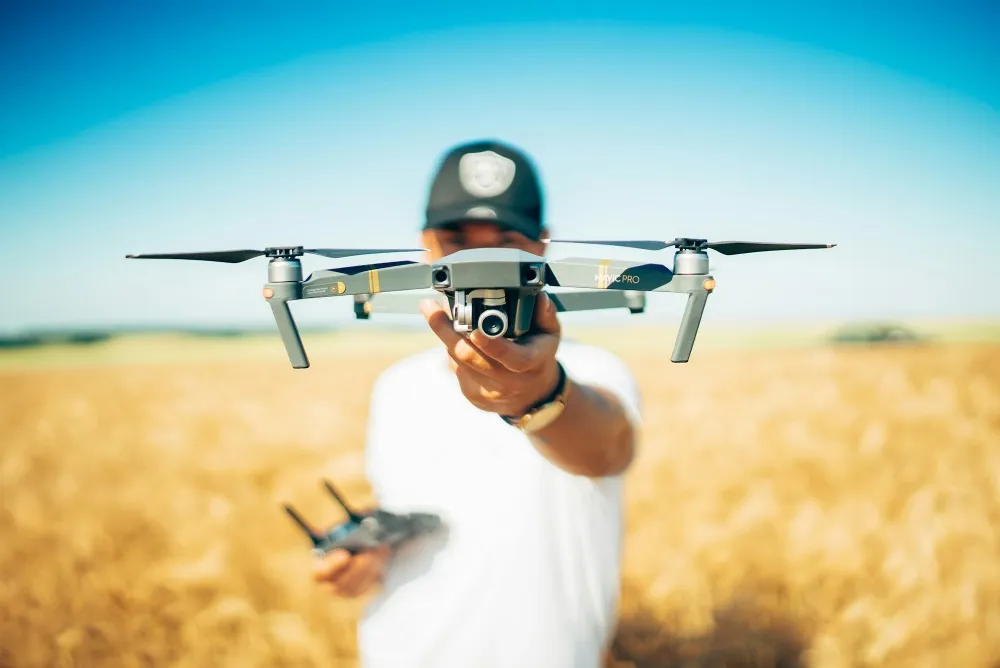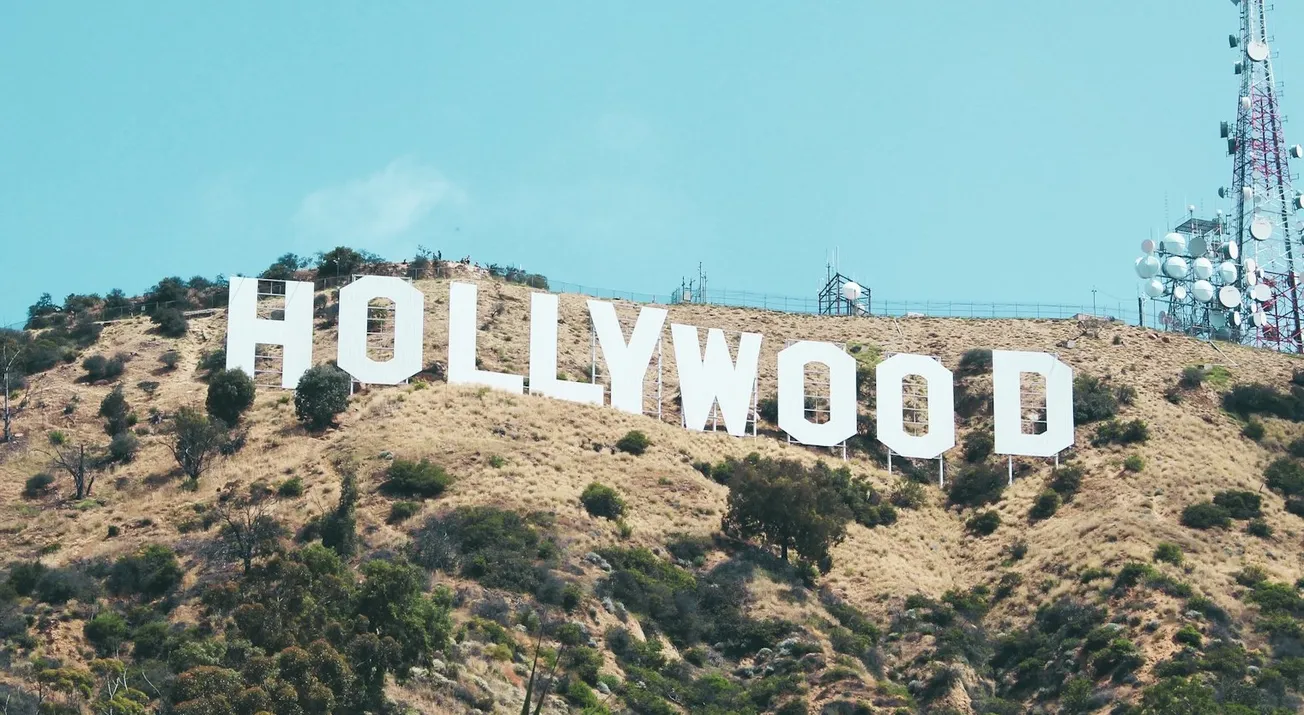Table of Contents
In 2020 when Covid put restrictions on the production industry, the idea of shooting remotely was quite novel. In fact, when socially distanced production began, it was seen by many to be a hardship at worst and an inconvenience at best. When the pandemic got under control and in-person shooting came back (albeit with major testing protocols and added costs), there was rejoicing and a collective sigh of relief. While boots-on-the-ground production is the norm again, there is value in what we learned and there are some powerful reasons to keep our Covid tools handy in our tool belts.
The on-set camaraderie and the post-shoot-martini celebrations are a valuable part of the production experience, but are limited to those who are literally on-set. The remote feed opens up new educational opportunities for budding creative talent. Karin Henderson, former creative executive at Paramount Global's MTV and NBCUniversal and current freelance writer and director, notes, “It was frustrating to try to build a team but not be able to send writers or ACDs to shoots because the video village was too small or the budget was too tight. Once we started doing remote, we got to expose these people to real-life productions.”
Similarly, the remote feed allows up-and-coming creative talent to attend shoots and be supervised without wasting senior creatives’ time traveling and sitting in video village, and allows clients to pop in and out for important parts of the shoot without giving up an entire day. “Sometimes a client has a particular way they want their product shot, but don’t need to see the entire shoot,” says Henderson. “Remote is great for that.”
It also offers very targeted communication channels. The pandemic necessitated interfaces like Zoom and Teams chats and text messaging to communicate. “On set, every conversation can be heard by everyone. We learned that having separate channels of communication between agency/client, agency/creative lead, creative lead/director is great," says Henderson. In particular, it gives a creative the opportunity to receive client feedback, figure out a solution, and communicate that to the AD rather than having the feedback broadcast to all, which opens up the topic for discussion among anyone present.
As for tech, the pandemic forced the industry to lean more on iPhone shooting, which was once considered low quality. According to Henderson, “A lot of iPhone packages were sent to a lot of talent for in-home shooting. We now know that with decent lighting phone shooting is more than decent for simple to-camera stuff.” So much content is created for social media that creative can be developed to intentionally look self-shot, saving a lot of money and sometimes availing the production of talent who otherwise couldn’t come to set.
While Covid was a painfully difficult time, a few good lessons and tools came from it that will continue to improve on-site production if they’re implemented and not left to the pandemic era. Leveraging remote video village to open up shoots for more participation, maximizing the value of specific channels of communication, and acknowledging the usefulness of simple iPhone shooting are things we should and still do. Perhaps the lessons we learned will be a bright spot as we look at that unprecedentedly difficult time in our rearview mirror.









